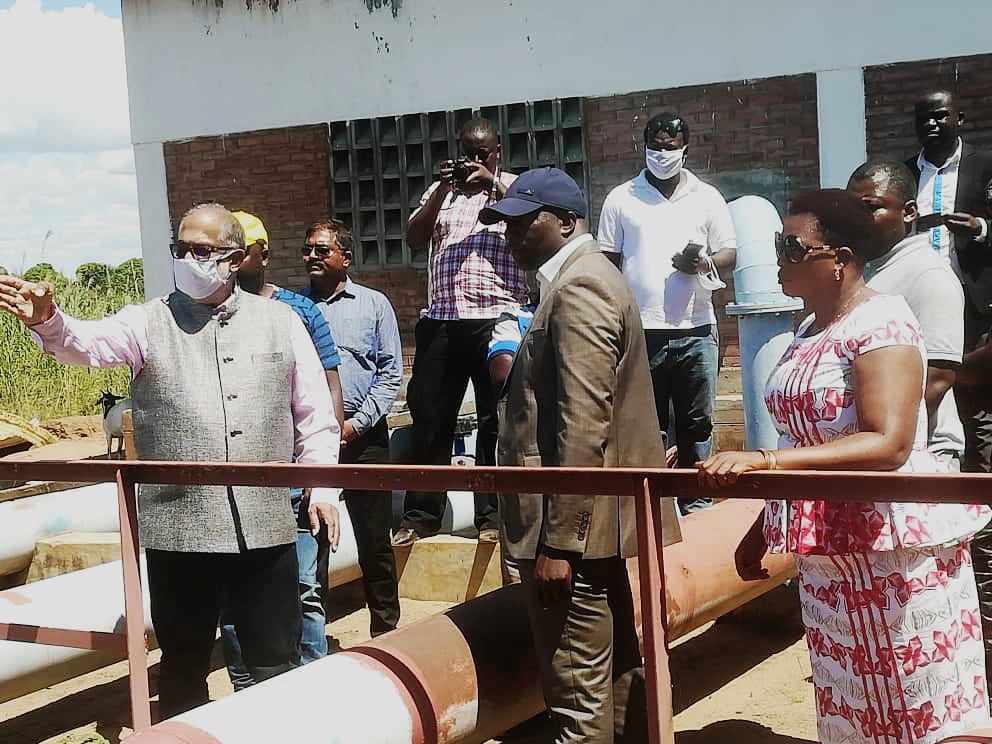
Mining & Trade News
Malawi Online News
Top Stories
Agriculture
Malawi Govt. calls for more investment in Greenbelt projects
April 20, 2020 / Bester Kayaye

The Malawi Government has called for more investment in Greenbelt irrigation projects as one way of transforming the country’s economy.
Minister of Irrigation and Water Development Charles Mchacha made the call after touring Salima Sugar factory, which is a product of Greenbelt Authority.
Mchacha, who was accompanied by his Deputy Esther Majaza, said with substantial investments, Greenbelt initiatives have the potential of turning around the economic status of the country.
“Learning from the sugar factory, it is clear that as a country if we put more energy and resources in Greenbelt initiatives, the economy will not be same in the next few years to come,” Mchacha said.
The Minister, who toured the factory and the sugarcane plantation, said it is pleasing to note that since the company’s inception it continues to grow in its operations which have provided a ready market for sugarcane to smallholder farmers in Salima and surrounding districts.
” I am also told that the company has now employed close to four thousand people, which is a remarkable achievement in terms of uplifting the wellbeing of Malawians,” Mchacha said.
Acting CEO for Greenbelt Authority Amon Mluwira said the company has lined up a number of measures to increase its production this year and beyond, which includes additional investment in sugarcane production in 6-thousand hectors.
“We are making good progress as a company, for instance last year we managed to produce 13-thousand metric tonnes of sugar but this year we are targeting 26-thousand metric tonnes,” he said.
The company started its operations in 2016, and since then its production has been increasing in each milling season.































